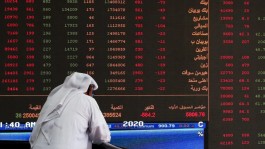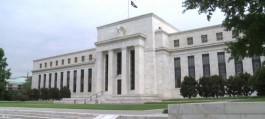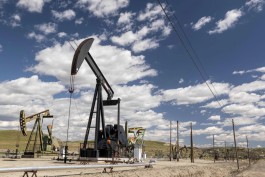Oil prices rose after falling about 8% last week on tensions in the Middle East, where Israeli Prime Minister Benjamin Netanyahu held meetings with top aides to discuss a possible attack on Iran.
Brent crude, the global benchmark, rose toward $74 a barrel, while U.S. West Texas Intermediate crude exceeded $69. On Saturday, a Hezbollah drone exploded near Netanyahu’s private home, and the next day Israel launched a new military offensive against Hezbollah strongholds in Lebanon. Israel has already vowed to retaliate against Iran after the early October attack.
Crude oil prices have been volatile this month as traders try to balance risks to oil flows from the Middle East, where Israel is confronting Tehran and its proxies, with signs of weak demand in China. At the same time, the International Energy Agency said that rising global supply could lead to a surplus next year, as the OPEC+ alliance is set to restore some of its shut-in production capacity in stages starting in December.
Netanyahu’s planning for an attack on Iran on Sunday saw him first meet with his closest advisers and then with his security cabinet. The United States has advised Israel not to target energy sites in OPEC’s third-largest producer, but the prime minister’s office said Israel would make its own decisions.
While tensions in the Middle East remain high, Brent crude indicators suggest that market concerns are lessening, with the spread between spot Brent crude and crude for delivery in three months falling to 91 cents a barrel in backwardation, down from a spread of $1.61 about a month ago and more than $2 three months ago.







































